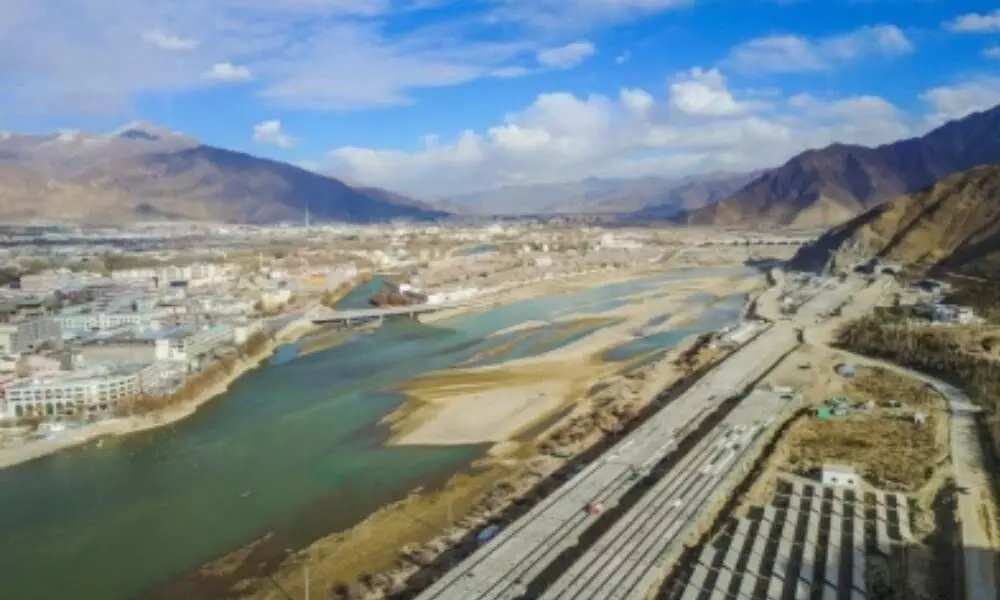China gifts itself biggest hydropower station in seismic zone
image for illustrative purpose

New Delhi, June 29: Monday was a big day for China and also the Communist Party of China (CPC). The country operationalised the Baihetan Hydropower Station in Southwest China, the largest hydropower project in the world.
The CPC gave itself a mammoth gift on its 100th anniversary--the plant will generate 1 million KW units. The State-managed newspaper Global Times said: "... the breakthrough of this super project marks a new milestone in the development of hydroelectricity in China, and also reflects the advantages of the socialist system with Chinese characteristics, under the leadership of the CPC, in concentrating its efforts on major projects."
Chinese President Xi Jinping too sent a congratulatory letter. Highlighting that the plant will transfer power from western China to the eastern part of the country, he said: "Socialism was established through action, and the new era will be no different". He added that the plant will help China achieve its targets for peak carbon dioxide emissions and carbon neutrality.
China's stupendous feats in dam engineering and water management give nightmares to environmental groups, geologists and biologists. The multiple reasons are environmental impacts, stability of structures as well as loss of habitat.
India Narrative spoke with Dr Anjal Prakash, Research Director at the Indian School of Business, to find out more. Dr Prakash is the lead author in the IPCC's 6th Assessment Report which is currently ongoing.
Dr Prakash says that China has constructed the Baihetan Hydropower Station in the ecologically fragile Yunnan province. "The dam is on the Jinsha River in the upper stench of the mighty Yangtze River in Sichuan and Yunnan provinces. These provinces are also seismically active. Just last month, an earthquake of 6.1 magnitude hit Yunnan province. Building such a high dam on seismically and ecologically fragile regions is a recipe for disaster".
It is surprising that China has undertaken the construction of big dams at a time when such constructions are considered a pariah. Even global funding is drying up for big dams owing to their environmental costs which people and nature have to bear over a period of time. Big dams are associated with mass displacement of people, loss of identity and cultural heritage, habitat destruction and wiping out of endangered species.
"In the wake of a rapidly changing climate which is impacting water regimes around the world, building a high dam on Jinsha River could also prove to bring in huge climate related risks. Due to climatic changes, the patterns of rainfall have been changing. If there is high rainfall in the upper reaches of the river basin, it may affect the dam and could bring in huge stress", says Dr Prakash.
He adds that big hydropower projects are increasingly becoming costlier and this doesn't match with its advantages. "China is setting a very wrong example for countries around the world by building such dams", says Dr Prakash.
Chinese newspaper Global Times itself says: "... the project had to overcome extremely difficult technical problems, such as the fragile geology, the hot and dry wind in the valley, and the large excavation work". These itself could become issues for the dam to surmount in the future.
(This content is being carried under an arrangement with indianarrative.com)

